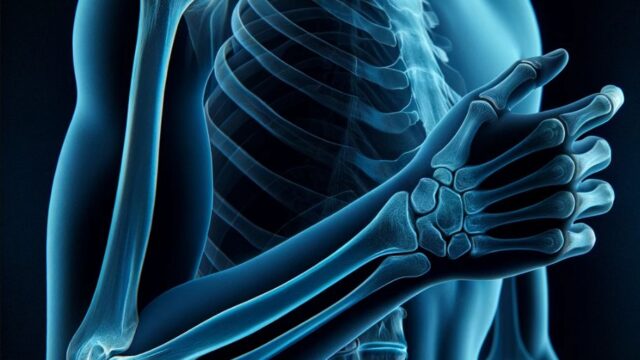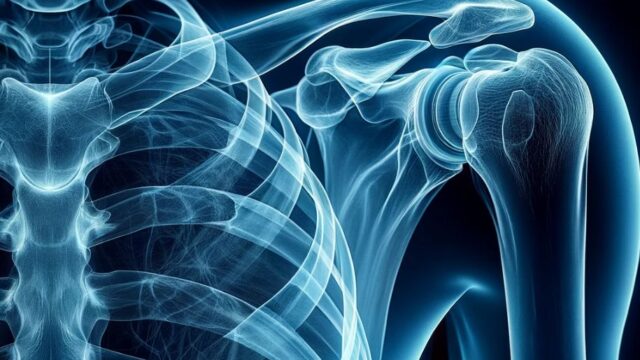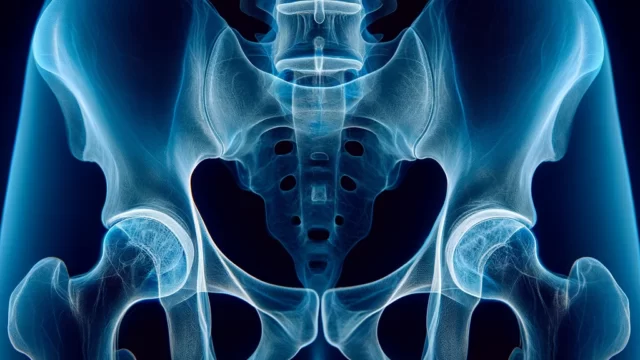Purpose
Observation of the mandible and temporomandibular joint.
Evaluation for fractures, dislocation, inflammation, and other abnormalities.
Imaging should be performed from both directions for comparison.
Prior confirmation
Remove any obstacles (dentures, glasses, etc.).
Positioning
Seated position facing the cassette. Position the head in lateral view, bringing the side of interest closer.
Lower the shoulders and maintain an extended posture, preventing the reflection of the non-interest side shoulder.
Tilt the sagittal plane 15° towards the side of interest. (The appropriate angle of tilt depends on the area of interest: 0° for mandibular angle, 15° for an overall view of the mandible, 30° for mandibular body, 45° for the mentum)
Elevate the chin to align the AML (Auricle-Meatal Line) parallel to the ground, minimizing overlap with the cervical spine.
Place markers (R, L) on the cassette.
Close the mouth and bring the upper and lower teeth together.
CR, distance, field size
CR : Perform oblique projection towards the mandibular ramus on the side of interest at an angle of 25° caudally.
Distance : 100cm.
Field size : Include the mandibular ramus as the center, extending towards the external auditory meatus on the side of interest (including the region of the temporomandibular joint).
Exposure condition
70kV / 16mAs
Grid ( + )
(Pay attention to the direction of the grid when performing oblique projections.)
Suspend respiration
Image, check-point
Normal (Radiopaedia)
Ensure that the image includes the otgaic region on the affected side up to the jaw joint.
The radiation field should be minimized to include only the necessary area.
There should be no overlap between the cervical spine and the mandibular angle.
The non-affected side of the mandible should be projected upward without overlapping the affected side.
The shadow of the shoulder should not overlap with the mandible.
Ensure that both imaging projections are symmetrically projected on the left and right sides for comparison.
Check for the presence of markers.
The target area should have appropriate contrast and tolerance.
Videos
Related materials
To avoid overlap with the contralateral mandible, there are several methods in addition to the one mentioned above. Apart from the method described earlier, the following methods can be used:
A. Perform an oblique position from a supine position, bringing the affected side closer to the receptor. Lower the head by 15 degrees. Placing the cassette on an inclined positioning block can reduce the distance between the cassette and the subject, preventing magnification.
-> Perform oblique projection at a 10-15 degree caudal direction.
B. In a supine position, align the mid-sagittal plane with the receptor, keeping it parallel. (Note: In cases of trauma or emergencies where head movement is restricted)
-> Perform oblique projection at a 25-degree caudal direction in the horizontal plane.










